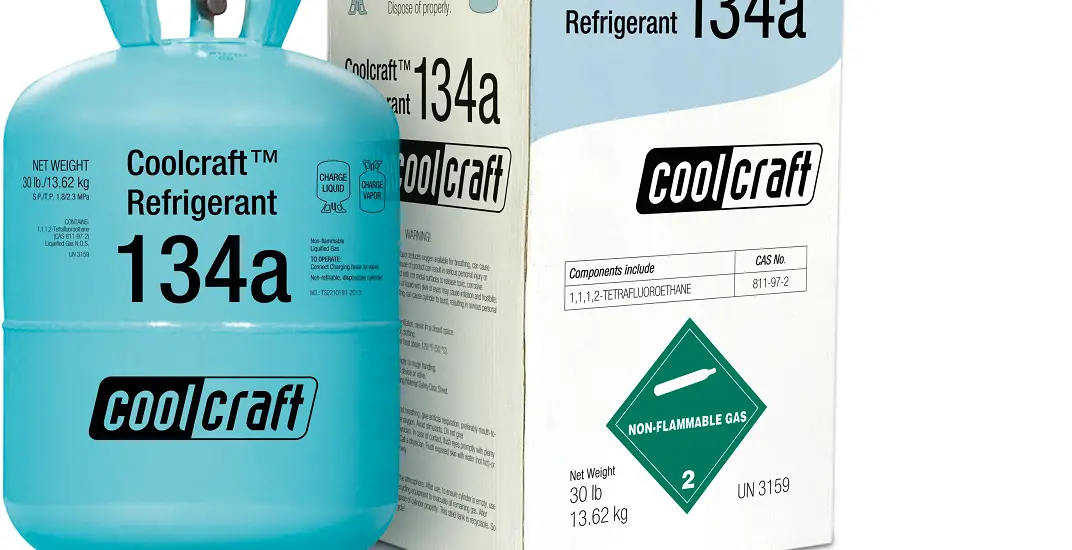Refrigerant liquid, you’ve probably heard the term but what does it really mean? Is it a gas? Is it a fluid? We’re here to quench your curiosity! Here’s a little teaser: it’s both! Intrigued? Read on!

Table of Contents
Understanding Refrigerants
Definition and Function of Refrigerants
Refrigerants, in a nutshell, are substances that absorb heat. They’re the secret sauce in our air conditioners, fridges, and freezers. Without them, we’d be sweating buckets in summer!
Types of Refrigerants
There are many types of refrigerants out there, from old-school CFCs (chlorofluorocarbons), HCFCs (hydrochlorofluorocarbons), to the new kids on the block, HFCs (hydrofluorocarbons). Each has its pros and cons, but that’s a topic for another day.
Is Refrigerant a Gas?
Refrigerant States: Liquid and Gas
Now, you might be wondering, “Is refrigerant a gas or a liquid?” The truth is, it’s both! In a cooling cycle, refrigerant changes from a liquid to a gas and back again. It’s like the refrigerant is playing a game of tag with itself!
Why the Change of State is Important
So, why does the refrigerant go through all this shape-shifting? Well, it’s all about heat transfer, baby! When it changes state, it either absorbs or releases heat, making our appliances cool us off or keep our food fresh.
Click for more information on refrigerants – – Articles on Refrigerants: The Ultimate Guide to Understanding Them
Liquid Refrigerants in Detail
Role of Refrigerant Liquids
As we’ve hinted at, liquid refrigerants have a crucial role in the refrigeration cycle. They absorb heat from the environment, then evaporate, taking the heat with them. It’s as if they’re heat thieves, sneaking away with the unwanted warmth!
Common Types of Liquid Refrigerants
Several types of refrigerants are commonly used in liquid form, each with unique properties and applications. But we won’t bore you with the details – instead, we’ll leave you with this: it’s not one size fits all when it comes to refrigerants.
Handling and Safety Considerations for Liquid Refrigerants
Dealing with liquid refrigerants isn’t a walk in the park, mind you. They can be harmful if not handled correctly. It’s always best to leave it to the pros. After all, no one wants a frosty surprise from mishandling, right?
The Future of Refrigerant Liquids
Environmental Impact of Refrigerants
It’s a bit like having a friend who’s great fun but always leaves a mess. You love them, but you wish they’d clean up after themselves, right?
Development of Eco-Friendly Refrigerants
With the environmental impact in mind, a lot of brainpower is being invested into developing eco-friendly refrigerants. Just imagine, being able to keep cool without harming Mother Earth. That’s the dream!
Conclusion
So there you have it, your cool guide to the frosty world of refrigerant liquids. From their vital role in our cooling systems to their shape-shifting states, they’re quite the characters, aren’t they? Remember, while they’re crucial for our comfort, they’re not without their challenges. Here’s to a future where we can chill out with eco-friendly refrigerants!
